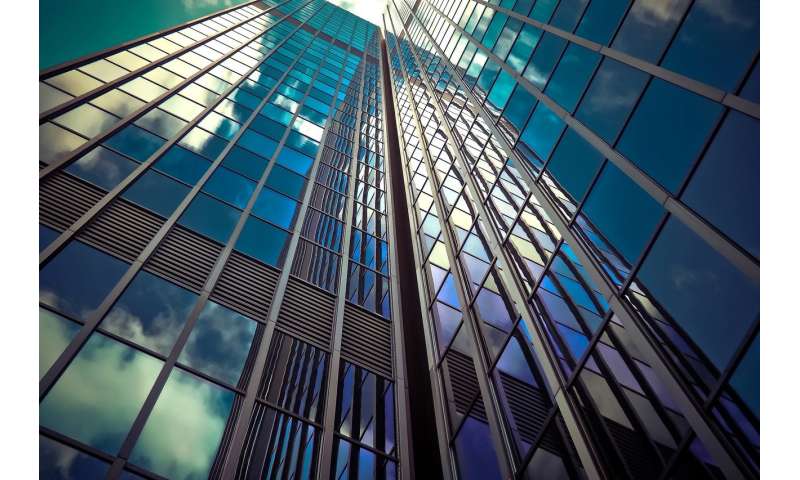Review examines how building design can influence disease transmission


Social distancing has Americans mostly out of the places they usually gather and in their homes as we try to reduce the spread of COVID-19. But some buildings, such as hospitals and grocery stores, have to remain open, and at some point, most of us will go back to the office or workplace. What is the role of building design in disease transmission, and can we change how we design the built environment to make it healthier? Those questions are addressed in a review just published in the journal mSystems by David Coil, project scientist, and Professor Jonathan Eisen at the UC Davis Genome Center and School of Medicine; and colleagues at the Biology and the Built Environment Center, University of Oregon.
Among the simplest suggestions for healthier buildings: opening windows to improve air circulation and opening blinds to admit natural daylight.
While more research needs to be done on the effect of sunlight on SARS-CoV-2 indoors, “Daylight exists as a free, widely available resource to building occupants with little downside to its use and many documented positive human health benefits,” the authors write.
We spend almost all of our daily lives inside human-built environments whether homes, vehicles or workplaces. Built environments provide lots of opportunities for people to come into contact with viruses and bacteria—through air flow, from surfaces and also from the way buildings make us interact with each other.
So far, the only documented route of transmission of SARS-CoV-2 is directly from person to person. But viruses also settle on surfaces, which can become heavily contaminated quite quickly. How long SARS-CoV-2 survives on surfaces is still up for debate. Estimates range from a couple of hours to a few days, depending on the material and conditions. Regularly cleaning surfaces and thorough handwashing are important.
Air flow and humidity
Viral particles are too small to be blocked by HEPA and MERV air filters, but ventilation strategies can still play a role in reducing disease transmission, the authors write. Increasing the amount of air flowing in from outside and the rate of air exchange can dilute virus particles indoors. This can include “perimeter ventilation”—opening a window, when outdoor temperatures allow it. However, high air flow could also stir up settled particles and put them back in the air—and it also uses more energy.
Virus particles like drier air, so maintaining a high relative humidity can help. Virus-bearing droplets get bigger in humid air, meaning they settle out more quickly and don’t travel as far. Humidity also seems to interfere with the lipid envelope around viruses such as SARS-CoV-2. Too much humidity, however, can promote mold growth.
Modern buildings are generally designed to promote social mixing—from open plan living areas in homes to open offices where many workers share space. By promoting interaction and chance encounters, these layouts are thought to generate more creativity and teamwork. At the same time, they are probably also really great for spreading viruses around.
Source: Read Full Article